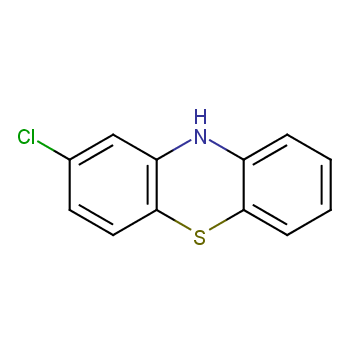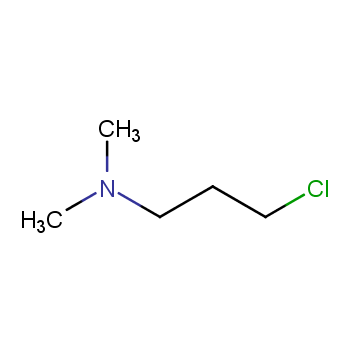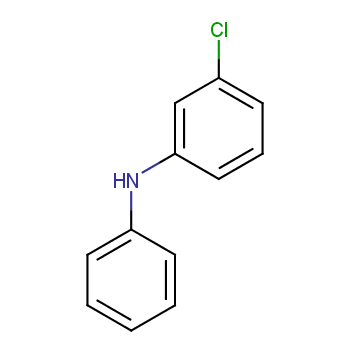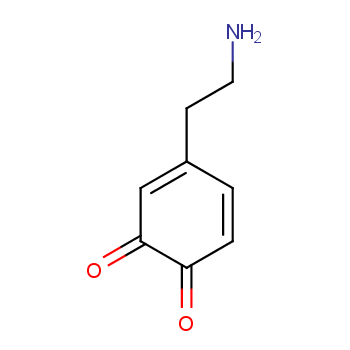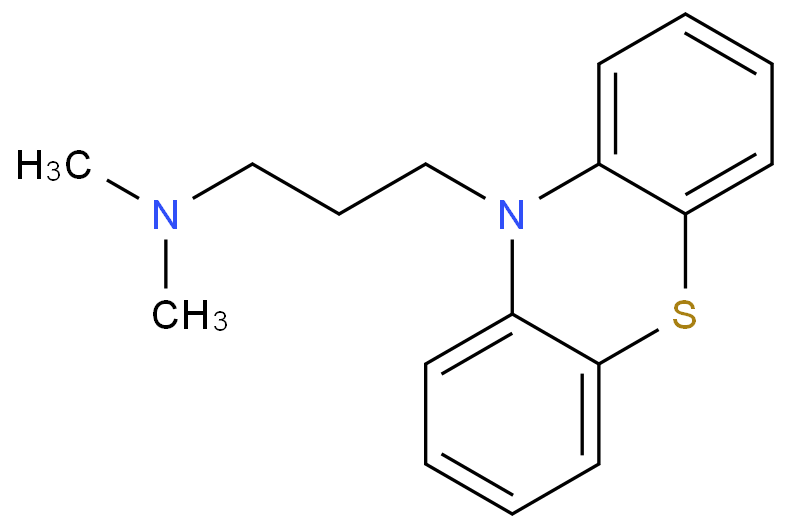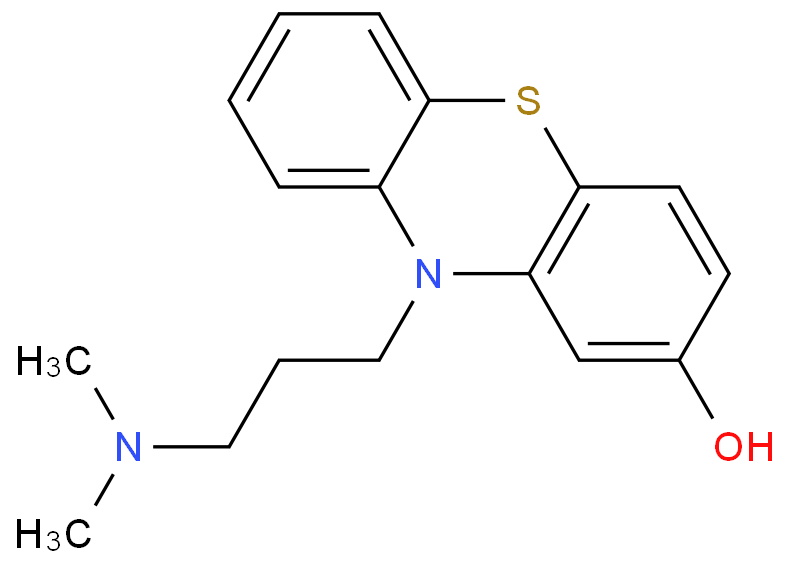-
Chlorpromazine
- CAS:50-53-3
- MW:318.86416
- MF:C17H19ClN2S
This phenothiazine with sedative properties is used inhuman medicines and has induced contact dermatitisin nurses or in those working in the pharmaceuticalindustry. It is also used in veterinary medicine to avoidmortality of pigs during transportation. It is a sensitizerand a photosensitizer.
View more+
1. Names and Identifiers
2. Properties
3. Use and Manufacturing
4. Safety and Handling
5. MSDS
6. Synthesis Route
7. Precursor and Product
8. Computed Properties
11. Related Questions
12. Realated Product Infomation

 EN
EN




